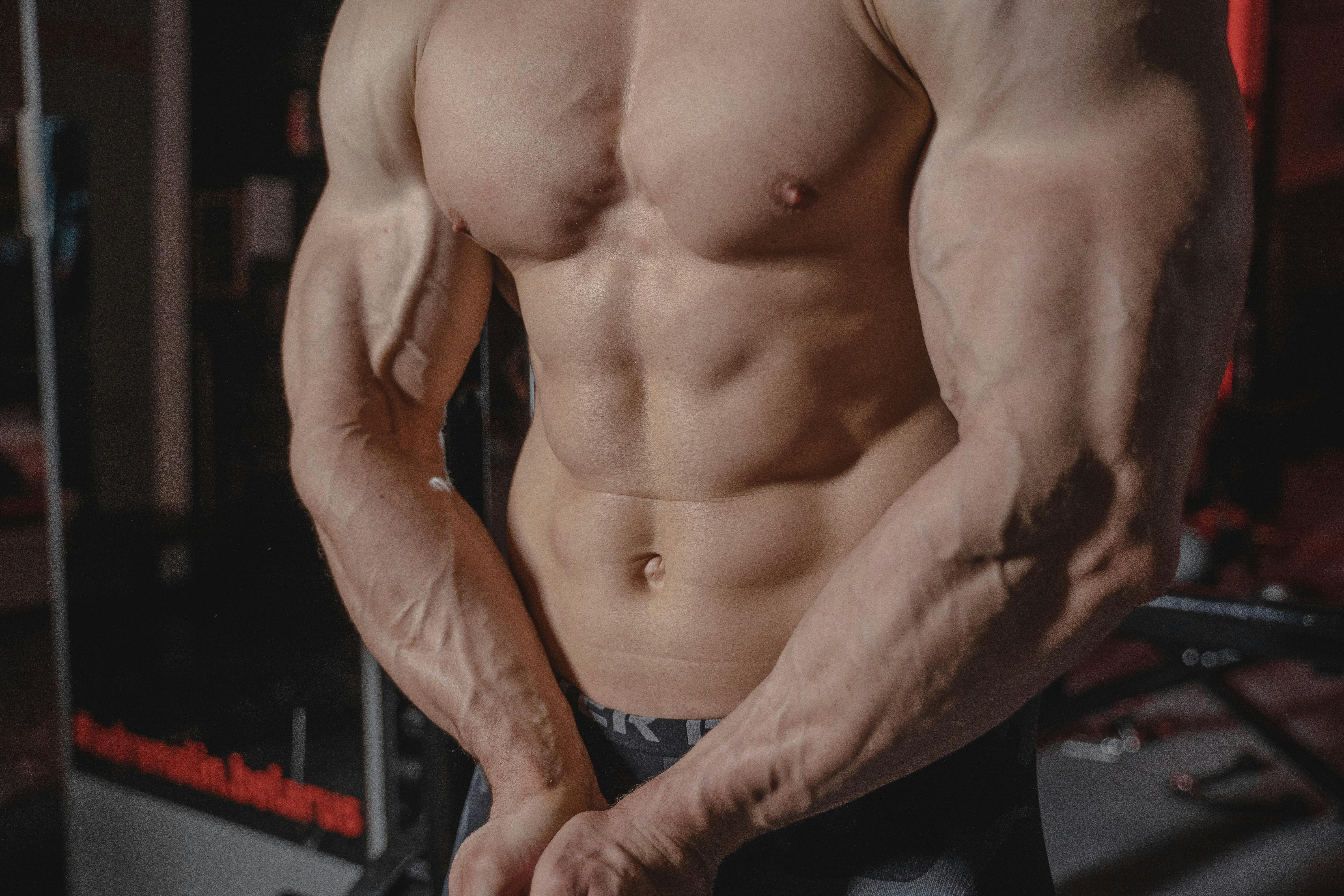Best Exercises for Chest: Build Power and Definition
A strong, well-defined chest is one of the most sought-after goals in fitness. Whether you’re training for strength, aesthetics, or athletic performance, focusing on the best exercises for chest can elevate your results significantly. In this comprehensive guide, you’ll learn the top chest workouts, techniques, and strategies to maximize your gains and avoid plateaus.

Understanding the Fundamentals
The chest, or pectoral region, plays a central role in upper body strength and stability. It comprises the pectoralis major and minor muscles, which are involved in movements like pushing, pressing, and arm adduction. Understanding how these muscles work is essential for optimizing training routines.
Historically, chest training has evolved from simple push-ups to complex compound movements using machines and free weights. By mastering these basics, anyone can unlock the foundation for a powerful physique.
1.1 Anatomy of the Chest Muscles
The pectoralis major is the large, fan-shaped muscle that makes up most of the chest mass. The pectoralis minor lies underneath, aiding in shoulder stability. These muscles work in concert during compound lifts such as the bench press and dips.
For example, during a bench press, the upper chest (clavicular head) activates when the bar is lowered to the upper pecs, while decline presses emphasize the lower pecs. Many gym-goers overlook this segmentation, leading to imbalanced development.
1.2 Importance of Muscle Activation
Effective chest workouts require full muscle activation. Studies show that adjusting angles and grip widths can significantly affect how the pecs are recruited. Flat, incline, and decline variations ensure comprehensive stimulation of chest fibers.
This principle explains why combining bodyweight movements like push-ups with weights can maximize hypertrophy and strength. Balanced activation leads to symmetrical growth and injury prevention.
Practical Implementation Guide
Now that you understand how the chest muscles function, it’s time to apply that knowledge to your training. The best exercises for chest are not only effective but adaptable to different fitness levels and equipment availability.

2.1 Actionable Steps
- Step 1: Choose Your Foundation Exercises: Start with compound lifts like bench press, incline dumbbell press, and weighted dips. These engage multiple muscle groups and are the core of any solid chest workout.
- Step 2: Add Isolation Movements: Include exercises like cable crossovers and chest flyes to target the inner and outer pecs. These enhance definition and promote even muscle growth.
- Step 3: Structure Your Routine: Train chest 1-2 times per week, aiming for 3–5 sets of 8–12 reps per exercise. Rest at least 48 hours between sessions to allow full recovery.
2.2 Overcoming Challenges
Here are common pitfalls and how to fix them:
- Plateauing Results: Switch up angles or rep schemes every 4–6 weeks to shock your muscles.
- Poor Form: Use lighter weights and prioritize controlled movement to maintain good technique.
- Neglected Upper Chest: Add incline presses to target the often-overlooked upper pecs.
- Shoulder Strain: Ensure proper warm-up and scapular positioning during lifts.
Remember, rest, nutrition, and consistency are key. Without proper recovery, even the best exercises for chest won’t yield results.
Advanced Applications
For experienced lifters, advanced strategies can significantly enhance chest development. Once you’ve mastered foundational movements, consider integrating intensity techniques and varied training protocols.

3.1 Time Under Tension (TUT)
Extending the duration your chest muscles remain under tension increases muscle fiber recruitment. For example, lowering the weight in 3–5 seconds during each rep intensifies eccentric contraction, which has been linked to greater hypertrophy in research studies.
Advanced lifters may use tempo training or pause reps during bench presses to maximize TUT and challenge their limits effectively.
3.2 Supersets and Pre-Exhaust Training
Supersetting push-ups with dumbbell flyes or performing flyes before pressing can pre-fatigue the chest, forcing deeper engagement during compound lifts. These methods increase workout intensity and boost metabolic stress.
Ensure proper recovery between sets, and don’t overuse these techniques—rotate them weekly to avoid overtraining.
Future Outlook
As fitness science evolves, new technologies and methodologies are reshaping how we train. Tools like electromyostimulation (EMS) and smart resistance machines are offering deeper muscle activation and data tracking.
Expect a rise in AI-guided workout plans, remote personal training, and chest-specific wearables. Staying informed on trends will help you make smarter choices and refine your chest training over time.
Conclusion
Here are three key takeaways:
- Compound movements form the core of the best exercises for chest.
- Consistency and progressive overload are non-negotiable for long-term gains.
- Tailoring your routine with advanced techniques enhances definition and symmetry.
To unlock your full chest-building potential, start applying these principles today. Whether at home or in the gym, commit to intentional, effective training and the results will follow.
Download a printable chest workout tracker and begin your transformation now!
Frequently Asked Questions
- Q: What are the best exercises for chest at home? Push-ups, incline push-ups, and resistance band presses are highly effective and require minimal equipment.
- Q: How should beginners start chest workouts? Begin with bodyweight movements to build foundational strength, then progress to light dumbbells or machines.
- Q: How long does it take to build a defined chest? Most people see noticeable results in 6–12 weeks with consistent training and nutrition.
- Q: Is chest training expensive? Not necessarily—home routines using bodyweight or resistance bands are cost-effective and accessible.
- Q: How does chest training compare to full-body workouts? Chest-specific training targets pecs more intensively, while full-body plans offer general strength and balance.
- Q: Are chest workouts hard for beginners? They can be challenging, but scalable progressions like knee push-ups ease the learning curve.
- Q: What’s a good chest workout for athletes? Combine explosive movements like clap push-ups with strength work such as incline dumbbell presses to enhance power and performance.